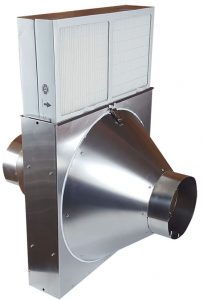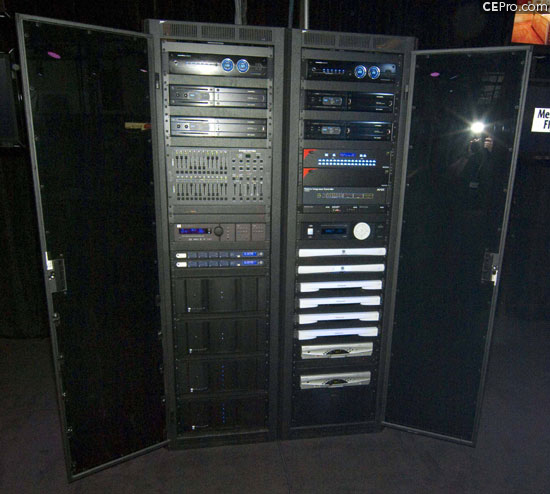We have added videos on how to assemble our CFB and unboxing our Balanced Make-up Air System components. It is part of our ongoing goal to share new and interesting content and information to help you with your next project. What is a CFB? What is a Balanced Residential Make-up System? Lets break them down for you.
A CFB filter box is a high-performance solution for any application requiring in-line filtration. Constructed from 5052 H32 aluminum, the CFBs holds a standard 4″ filter and are designed to fit either 6″, 8″, 10″ or 12″ diameter duct. The lid attaches securely with latches, and opens easily for quick filter replacements. MERV-13 filters are included with every unit, but you can also upgrade to a MERV-15 filter. The higher the MERV rating the better the filtration and the cleaner the air will be in your home.
A balanced make-up air system is designed to “make up” the air in your interior space that has been removed due to process exhaust fans. This type of HVAC solution pulls in fresh, tempered air from outside your building to replace existing air that cannot be recirculated. The International Residential Code (IRC) requires that makeup air be provided for kitchen hood exhaust systems with a capacity of 400 cfm or greater. Our balanced make-up air system can be customized to fit your needs with silencers, electric heater for cold climates and wall/roof caps.
Both provide better air filtration for your home to keep the air clean of allergens, smoke odors and particulates in the air, as well as provide the in-home air circulation that you need. You can check out our videos by clicking the links below.
CFB Assembly Video: https://www.youtube.com/watch?v=Qkl7OS8g-hI
Balanced Make-up Air System Video: https://www.youtube.com/watch?v=mcLffEHe58c




